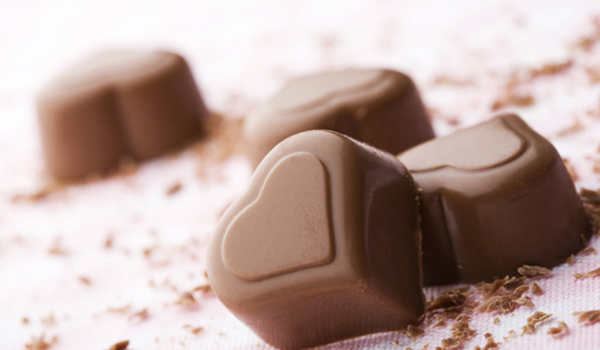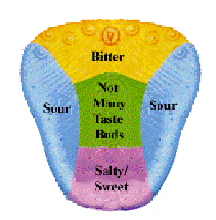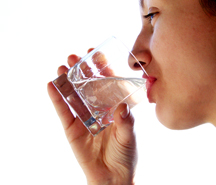Total Therapy Blog
Post-Valentine’s Sugar Rush

The post-Valentine’s sugar rush is over (or at least tapering down). Chocolates, candies, cookies, and other sweet treats abound during February 14th, leading even the most disciplined of healthy eaters down the path of sugary indulgence.
In the aftermath, we sluggishly stumble back to our normal diets. But somehow that piece of apple just doesn’t seem as appetizing as the cream-filled milk chocolate piece sitting in the back staff room. Why is it that our taste buds seem to crave sugar with such ferocity, and why is it so hard to get back to “normal” after indulging?

The answer lies in our biology. The tongue’s taste buds detect four chemical properties of food: sweet, sour, bitter, and salty. (Other tastes involve the aromatic sensing properties of the nose, which is a whole other story). The taste “sweet” is most commonly associated with simple carbohydrates, and the ability to detect “sweet” is an ancient one. Even simple organisms like bacteria (e.g. E. coli) can detect and move towards “sweet” sources that can be consumed for energy.
Humans are primed to want sugar, making us more likely to seek out energy-dense (e.g. high carbohydrate) foods. From birth, infants prefer high-sugar content milk to lower-sugar milk. Children’s taste buds are wired to be particularly sensitive to bitter tastes, while the threshold for “sweet” is set much higher than it is for adults. This means that we require higher amounts of sugar to be present in our foods before we can even taste “sweet” as children, versus as adults.
On the prehistoric savanna where food was scarce, this sweet tooth was a useful trait. However, our world has changed quite a bit since then. For most developed nations, famine is not a major health concern. If anything, the over-consumption of “sweet” things is what harms our health and this is where our biology fails us. How can we fight against a thing that we are primed to want from birth?
It’s not easy, but there are things that you can do to break the sugar habit.
Satisfy your hunger with a balanced meal or snack.
It sounds intuitive, but you’d be surprised how many of us miss the mark. Rushing to work – forgot to pack a lunch, and suddenly you’re looking at the vending machine for your 11 o’clock chocolate bar. Plan for 4-6 small meals a day, and have healthy finger foods around to satisfy hunger. If you have healthy options nearby, you’ll be less likely to go for the easy – but sugar-laden – snack option elsewhere.
Drink plenty of water.

Thirst can be commonly confused with hunger. If you’re feeling a craving for a sugary snack, drink a glass of water first. If it is thirst, the water will curb your craving. If not, drinking water first may help decrease the amount of food you consume later by taking up space in the stomach.
Identify craving triggers.
Do you always get the 10 p.m. munchies watching the news? Are you an opportunistic grazer? By identifying your triggers, you can develop strategies ahead of time to address them. Don’t keep junk food in the house if you’re the grazing type. If you munch while you watch TV, try keeping your hands busy with another activity instead (e.g. fidgeting with a stress ball, holding a glass of water, knitting, etc.).
Get some exercise.

Low energy and poor mood are common culprits when it comes to consuming sugary treats. Exercise not only burns calories – it helps elevate your mood and boosts your energy levels. If you’re feeling the onset of the 3 o’clock doldrums, try going for a brisk walk outside instead of reaching for a cookie. Even if it’s just 15 minutes, a quick blast of activity will give you that needed pick-me-up without the sugar crash thirty minutes later.
Avoid using artificial sweeteners.
This may seem counter-intuitive, but using artificial sweeteners can actually increase your caloric intake. Research has shown that people who consume sugar-free treats end up eating more calories than those eating regular sugary snacks. Not only that, but artificial sweeteners can be 200 – 300 times more sweet than sugar. Regular consumption of artificial sweeteners like aspartame or acesulfame potassium can skew your sense of taste by raising your “sweet” threshold – the amount of sugar/sweetener needed before your taste buds register something as sweet. This can lead to an over-consumption of sweetened food. If you’re going to use a sweetener, try using honey, pure maple syrup, or evaporated cane juice – you’ll get a sweet taste, and some trace nutrients not found in refined sugar.








Follow Us!
& Stay Up To Date
BLOG